PPT-Jewish Terms Presentation
Author : alexa-scheidler | Published Date : 2018-03-12
Directions Please follow along and fill in the blanks on your handout Major Themes Elies struggle to maintain faith in a good benevolent God Silence 2 types Gods
Presentation Embed Code
Download Presentation
Download Presentation The PPT/PDF document "Jewish Terms Presentation" is the property of its rightful owner. Permission is granted to download and print the materials on this website for personal, non-commercial use only, and to display it on your personal computer provided you do not modify the materials and that you retain all copyright notices contained in the materials. By downloading content from our website, you accept the terms of this agreement.
Jewish Terms Presentation: Transcript
Download Rules Of Document
"Jewish Terms Presentation"The content belongs to its owner. You may download and print it for personal use, without modification, and keep all copyright notices. By downloading, you agree to these terms.
Related Documents

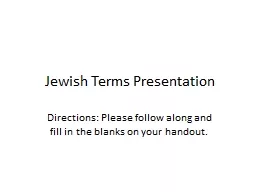
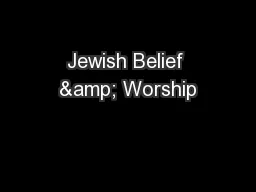
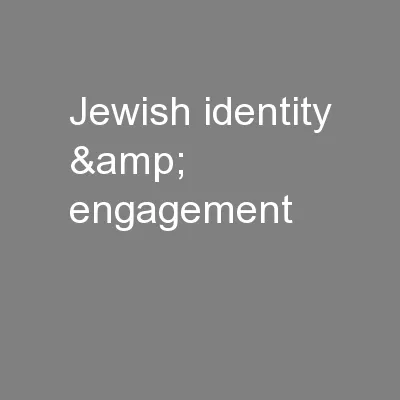
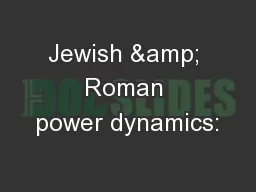
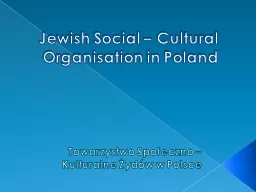
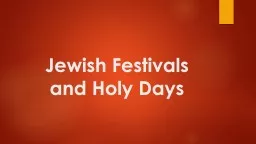
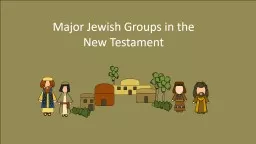
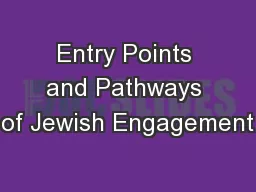
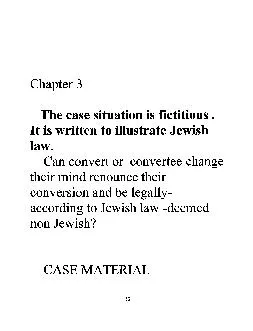
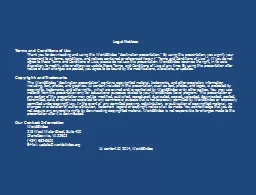
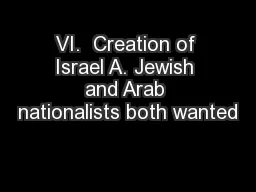
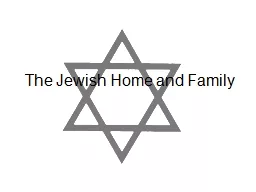
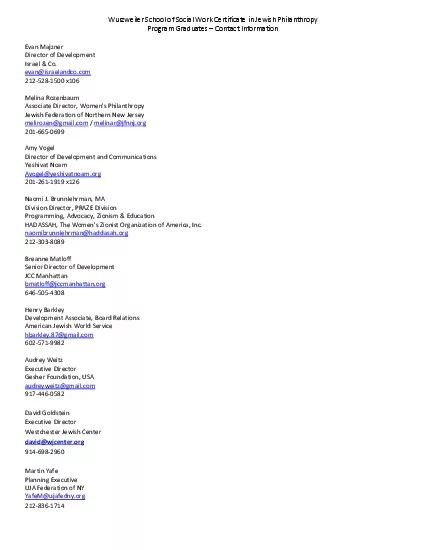
![Read ebook [PDF] Jewish Marriage Contract a Study in the Status of the Woman in Jewish](https://thumbs.docslides.com/1019655/read-ebook-pdf-jewish-marriage-contract-a-study-in-the-status-of-the-woman-in-jewish-law.jpg)